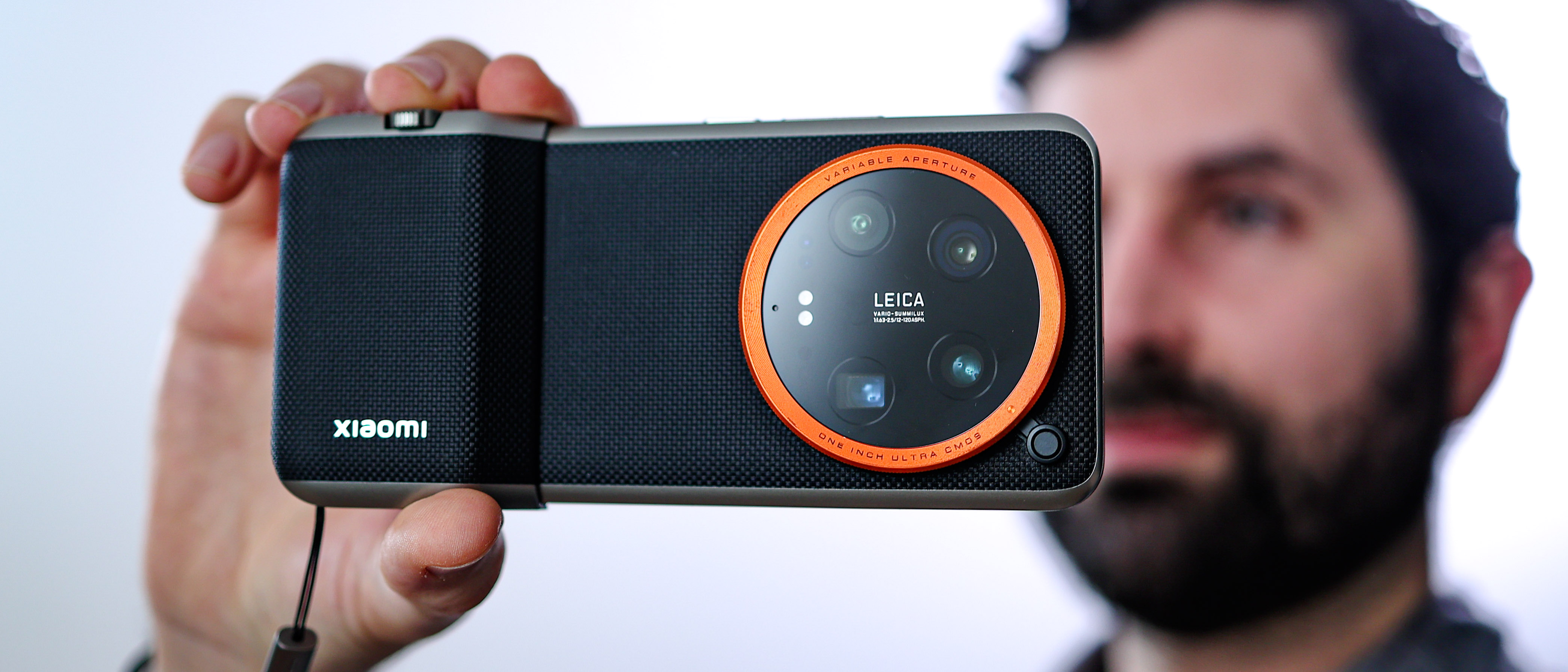Digital Camera World Verdict
Xiaomi has created the ultimate camera phone with the help of Leica. The 14 Ultre is a 12-120mm system, with the 23mm camera matched with an f/1.63-f/4 variable aperture, a Summilux lens and a 1-inch sensor. Able to record 8K video, as well as 4K HDR and LOG, and with support for a native Photography Kit that adds a camera-like grip and a suite of tools to level up its camera experience, while this isn't a flawless smartphone, it's the best camera phone available in the West for photographers.
Pros
- +
Class-leading camera sensors
- +
f/1.63-f/4.0 variable aperture
- +
Near-focus across all four cameras
- +
Great-looking 4K and 8K video
- +
Game-changing camera accessory
Cons
- -
No eSIM support
- -
Heavy interface
- -
Expensive
Why you can trust Digital Camera World
The Xiaomi 14 Ultra is as much a premium connected camera as it is a smartphone. It not only competes with the best smartphones around but also encroaches on premium compact territory, potentially replacing or supplementing the Sony RX100 and Sony ZV-1 for a certain kind of user.
That statement might irk photography purists, but hear us out; Xiaomi's latest flagship combines a 1-inch Sony sensor with a variable f/1.63-4.0 aperture and a Leica Summilux lens in its main camera.
All three of the 14 Ultra's secondary cameras – a 12mm ultra-wide, a 75mm telephoto, and a 120mm periscope telephoto – combine fast apertures with near-focus distances and Sony IMX 858 sensors. The phone can also shoot 4K video at up to 60fps, and 8K video at up to 30fps across all cameras. The wide camera can even capture 120fps video with its 1-inch sensor.
Xiaomi's class-leading hardware lays the foundation for the best first-party camera accessory we've used in the 14 Ultra Photography Kit. This case and grip add physical controls and external power, imbuing the phone with camera ergonomics.
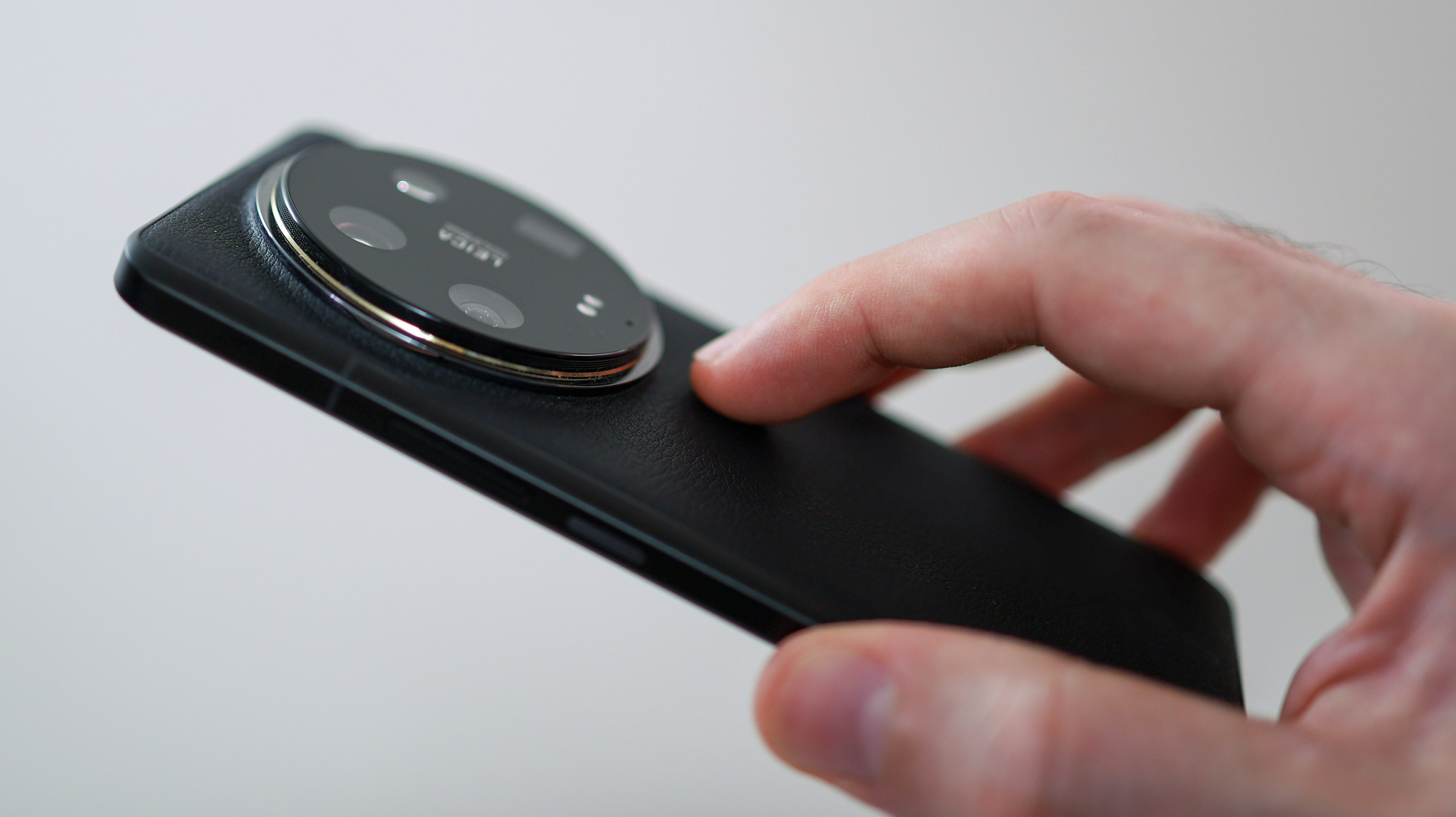
Flagship smartphones aren't cheap, and that's certainly true of the Xiaomi 14 Ultra. Costing £1,299 (roughly $1,620 / AUS $2,500), it pits itself against the best from Apple and Samsung and costs significantly more than the Google Pixel 8 Pro. That's also before you buy the £179 (roughly $220 / AUS $345) camera grip.
So can a lesser-known brand in the West like Xiaomi command such a high asking price and still expect sales volume, and more importantly – does the camera performance in the 14 Ultra match up to its spec and justify the price?
Xiaomi 14 Ultra review: design and screen
It's important to remember that the Xiaomi 14 Ultra is a phone, and has to do phone things well. Thankfully, it does. For starters, it's a comfortable size, with a smaller footprint than the Samsung Galaxy S24 Ultra, making it big but not too much of a stretch when navigating its screen.

Definitely not skinny, Xiaomi's camera champ measures 9.2mm (not including the large camera bump), and it's also on the heavier side at 219.8g. On the plus, it feels premium with a blasted metal frame, vegan leather around the back and a curved glass panel on the front.
The phone's camera bump is huge – much larger than that of the iPhone 15 Pro Max – and Xiaomi integrates it into the back panel's design tastefully. A finely patterned textured track around it echoes the grip of an aperture ring on a lens, and a gold accent elegantly frames it.
Available in black and white, there are no whacky color choices for the phone, and it also doesn't do anything unusual with ports or buttons, sporting a USB-C port at the base, volume and power buttons on the right, a dual-SIM slot and stereo speakers.




The Xiaomi 14 Ultra's display is a brilliant, bright AMOLED panel measuring 6.73 inches. Crisp and smooth, its WQHD+ resolution has 522 pixels in every inch of screen, and the adaptive refresh rate automaticaly switches between 1-120Hz depending on what's on-screen.
Excellent indoors and out, Xiaomi sets the peak brightness to 3000 nits when viewing HDR content, and when outdoors in direct sunlight, expect roughly 1000 nits of luminance. When watching shadow-heavy movies, we did struggle in bright environments, but when navigating maps or messaging everything was easy to see, even on a sunny afternoon in the Morrocan desert.
Xiaomi's default colour mode for the 14 Ultra is Original Color Pro, which can be switched to Vivid, Saturated, or Custom. When you select Custom, you can choose between sRGB, P3, or original, and change parameters on a granular level. This is excellent for photo editing and also setting the display to your taste.

Xiaomi's also created a display that's both curved and flat for the 14 Ultra. While the AMOLED panel itself is flat, avoiding any edge distortion on either side, which is common in curved-screen phones, the glass over the top curves into the metal frame to create the feel of a curved display, and this works to great effect.
Rather than use Gorilla Glass like competitors including Samsung, Xiaomi's Shield Glass protects the front of the 14 Ultra, and while it's 10 times more drop-resistant than Gorilla Glass Victus, it isn't scratch-proof. In the two weeks since we removed the screen protector from ours, it's picked up a few small dings on the display without having been dropped or noticeably bumped.
Xiaomi 14 Ultra review: camera overview
The Xiaomi 14 Ultra has four 50MP cameras around the back, a 12mm ultra-wide, a 23mm wide, a 75mm telephoto and a 120mm periscope telephoto. While the primary camera has a Sony LYT-900 1-inch sensor, the three other camera sensors are Sony IMX 858s with a 1/2.51-inch size.

If you haven't come across a 1-inch sensor on a smartphone before, the Xiaomi 14 Ultra isn't the first to feature it. In 2022, the Xiaomi 12s Ultra launched in China with a 1-inch IMX 899, and in 2023, the Xiaomi 13 Ultra also launched in China and a few other regions with that same sensor. Beyond Xiaomi's Ultra series, the Vivo X90 Pro and X100 Pro, and the OPPO Find X6 Pro and Find X7 Ultra also feature 1-inch sensors, however, none of the aforementioned phones are widely available in the West. In fact, the only global release to feature a 1-inch sensor was the Xiaomi 13 Pro, and it was near impossible to find anywhere outside China when it went on sale.
All this background feeds into the mystique surrounding 1-inch sensor smartphones for folks in the US and UK, and sets a backdrop that explains how exciting the Xiaomi 14 Ultra, which is available to buy now from a number of retailers, is.
23mm wide camera
The 14 Ultra is the first phone with a 1-inch sensor to feature a stepless variable aperture, which can go from f/1.63 to f/4.0 manually or automatically. It's also the first in the West with Sony's LYT-900 sensor, which is actually the first 1-inch sensor designed for mobile.
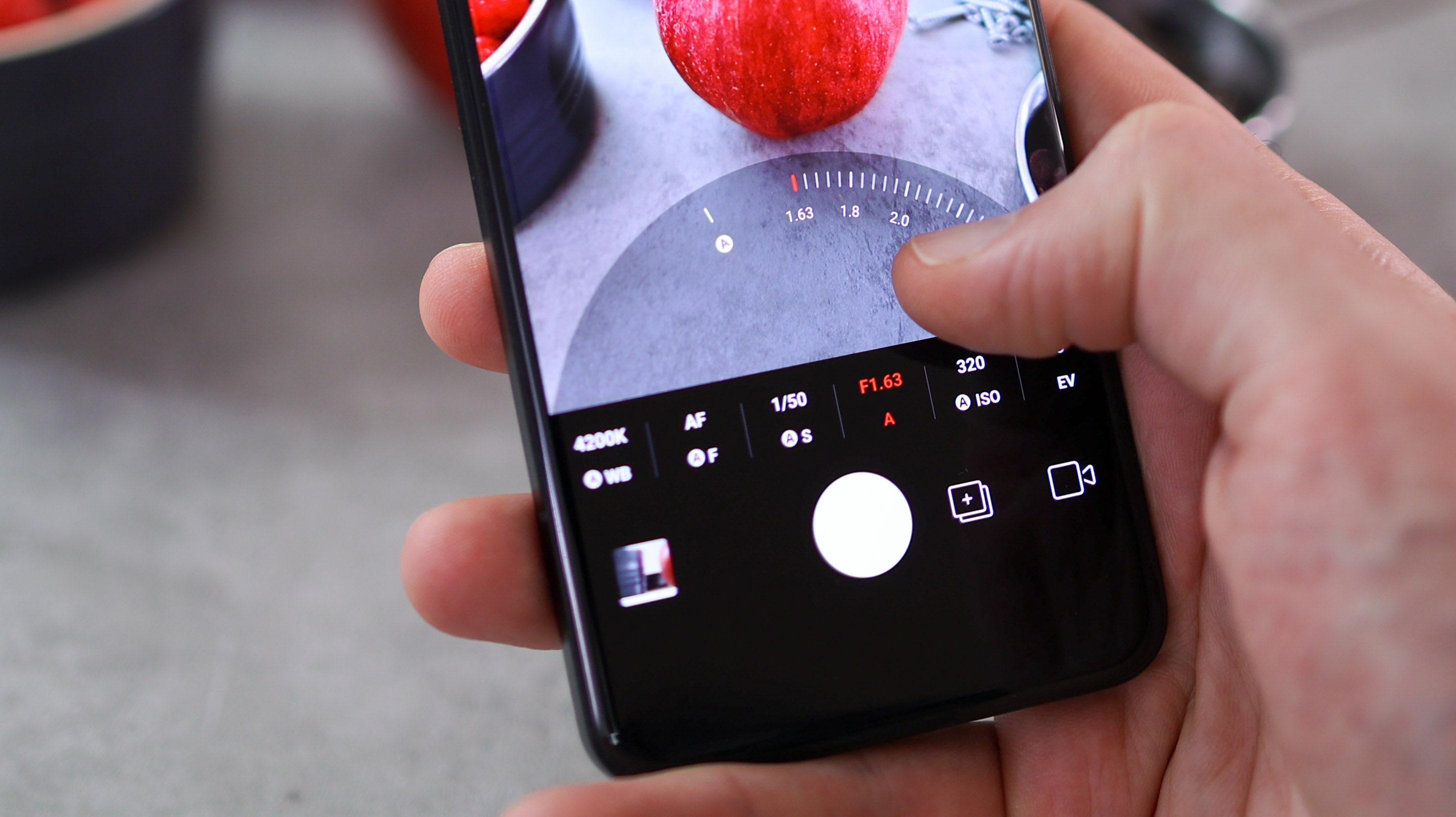
75mm telephoto camera
With a Leica floating telephoto lens and a roughly 3.5 x zoom, the 14 Ultra's 75mm telephoto camera has a wide f/1.8 aperture lens with OIS. Able to capture 10cm macro photography, the 75mm camera can get close to a subject and takes nearby subjects with a crisp focus field and soft background and foreground.
120mm periscope camera
The furthest-reaching telephoto camera on the Xiaomi 14 Ultra combines 120mm reach with an f/2.5 aperture and OIS. it focuses as near as 30cm for macro photography, and when you go beyond 10x zoom, Xiaomi engages its AI zoom.
12mm ultra-wide camera
Finally, the Xiaomi 14 Ultra's ultra-wide camera has an f/1.8 lens with a 122º field of view. Packing autofocus, it also captures close-up subjects as near as 5cm, and at 12mm, it's one of the widest ultra-wides on the market, so it should capture with a near-action-camera-perspective.
Xiaomi 14 Ultra review: camera review
In automatic mode, Xiaomi offers Leica Authentic and Leica Vibrant, two looks that deliver a subdued or zingy style. On phones like the Xiaomi 13T and 13T Pro, these presets were a bit clumsy creating extremes that missed out on the middleground in between them. Thankfully, for the 14 Ultra, both profiles are improved.
Leica's classic take on photography shines through, with the 14 Ultra's photos missing out on a new-age smartphone-style HDR look. Despite this contrast-heavy aesthetic, Xiaomi's flagship still captures ample texture and tonal detail, even in the shadows.




With all four rear cameras sporting 50MP resolution Sony sensors, and three of those sensors being identical IMX 858s, it isn't a huge surprise that the Xiaomi 14 Ultra feels like a consistent camera system, capturing with a similar look whether you're shooting at 12mm or 120mm, more so than competitors like the Honor Magic 6 Pro. This is helped by the Photography Kit's zoom slider gliding between lenses like a compact camera.
To really feel like a cohesive system rather than four standalone cameras, the Xiaomi 14 Ultra's secondary cameras needed to be great, and they are. The wide apertures help the telephoto cameras capture natural depth while balancing Xiaomi's classical photo processing, and the versatile ultra-wide shines close-up or when shooting landscapes, though it does distort a fair bit given its extreme angle.


The majority of. photos taken below were captured in Leica Vibrant, and while saturation is ramped up, if it's all too punchy for you, Leica Authentic is on-hand to tone things down. The key aspect of auto mode we appreciated is how reliable it is; point and shoot with the 14 Ultra and you likely know what kind of photo you'll get.
Clarity is excellent without looking too over-sharpened, an issue we found with the Galaxy S24, noise is handled well in shadows, detaile fall off looks natural across all four cameras when shooting nearby objects, and JPGs leave you with a lot of scope for editing.




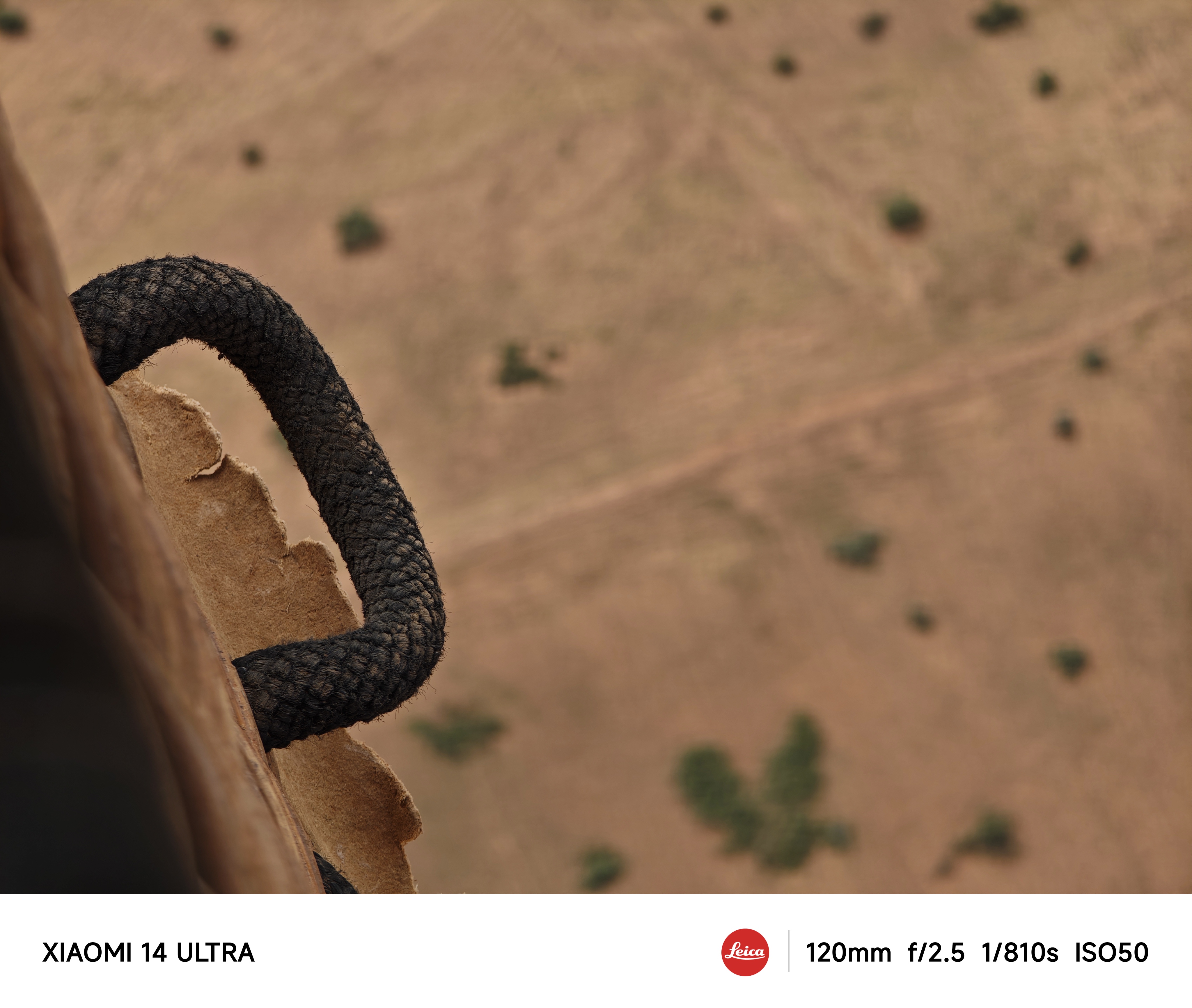






The phone's variable aperture is especially handy for video, slowing down to f/4 to drop exposure in bright environments, however, it's useful for photography too. Below are two edited RAW photos, one at f/1.63 and the other at f/4 capturing relatively close-up objects. Adding flexibility when it comes to how a shot's exposed as well as control over natural depth from the main camera, it's a great tool to take control of when venturing beyond auto mode.
Another boon for the 14 Ultra, when connected to the Photography Kit grip, the control wheel can be set to control the aperture, exposure, shutter speed, ISO, and other parameters.


Nighttime photography is another area the Xiaomi 14 Ultra impresses, and is where the primary 23mm camera edges ahead. It captures low-on-noise results that look natural, without boosting shadows too much. Anyone coming from a Samsung phone might consider the shots underexposed, with Xiaomi and Leica opting for a more camera and less smartphone look.
The telephoto cameras aren't as versatile in very dark environments, struggling with moving subjects, but if you're shooting a relatively still object or scene and keep a steady hand, even zoomed-in shots can look fantastic at night.


The 14 Ultra is also a superb video camera. In the past, Xiaomi's resolutions across both the selfie and rear camera mix have been pared back compared to some competition, but this time around, Xiaomi's unlocked 8K 30fps and 4K 120fps from the back, and 4K 60fps from the front.
Video quality is also exceptional, especially from the main 1-inch sensor. Even 8K video, which is normally filler on a phone camera produces a crisp picture in bright scenes and when the camera is steadied. Stabilization compensates well for hand shake, and the phone also shoots in log and HDR to great effect. The one caveat is that when shooting LOG, we struggled to recalibrate the colours of strong light sources – a phone screen in a dark scene, for example – however expert colour graders may have fared better, and we had no issues tuning LOG footage in other environments.
Xiaomi 14 Ultra review: additional features
Almost everything about the Xiaomi 14 Ultra is flagship-grade, with the one exception being the lack of eSIM support. This is confusing as the vanilla Xiaomi 14 supports eSIM, and might put some off, especially anyone who travels a lot.
The 14 Ultra's processor is a top-tier Qualcomm Snapdragon 8 Gen 3, which is superb for video edits and gaming, and with an ample 512GB storage and 16GB RAM, as well as a nippy USB-C 3.2 Gen 2 for 10Gbps transfer rates, the only missing feature is that aforementioned eSIM support.
An in-display fingerprint scanner is responsive, and with a large 5,000 mAh battery, it lasts a day relatively comfortably with standard use. If you're using the camera a lot, however, you will need to top up by the afternoon, making the Photography Kit's camera grip with its 1,500mAh battery especially useful.
The phone also charges quickly with a fast 90W charger in the box powering it up in just over 30 minutes and support for 80W wireless charging with a compatible Xiaomi wireless charger, sold separately.
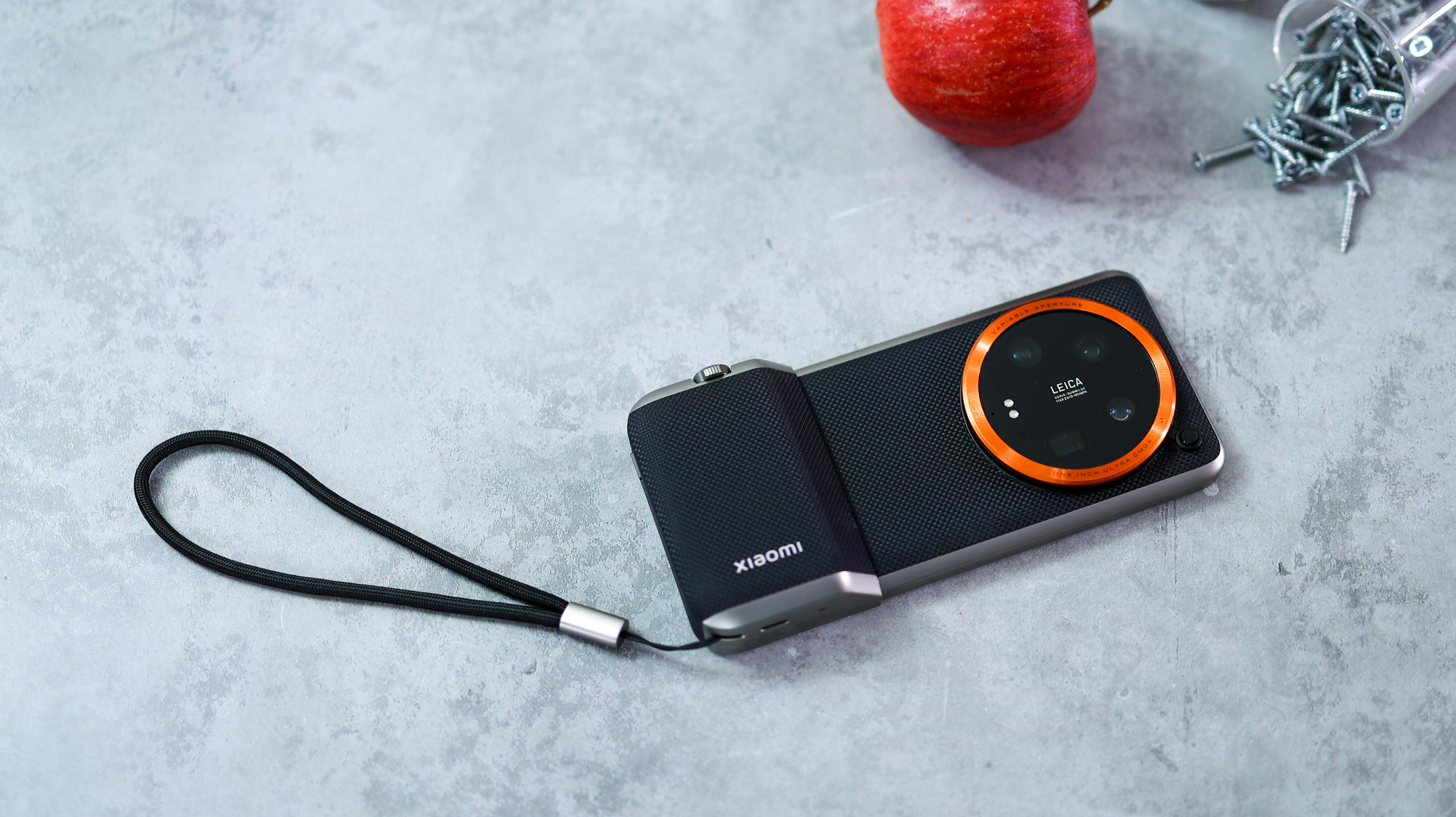
The least enjoyable aspect of the phone in our time with it was aspects of the interface. On paper, it reads well, running Android 14 and promising four years of software updates and five years of security updates. In reality, though, Xiaomi's interface, HyperOS, could be more refined.
While it performed smoothly and was stable – no app force-closes or any major fumbles – it's more overbearing than other top-tier flagships, directing you to Xiaomi's more limited app store instead of the Google Play Store, making ads opt-out in its wallpaper carousel, and asking for cookies when you simply try and change your wallpaper. This may fly on more affordable phones, but not on a £1,299 flagship.
Xiaomi 14 Ultra review: verdict
The combination of best-in-class hardware, pioneering camera tech, Leica's more classical take on photography tuning and the best first-party accessory we've ever tested make the Xiaomi 14 Ultra the ultimate phone for photographers right now.
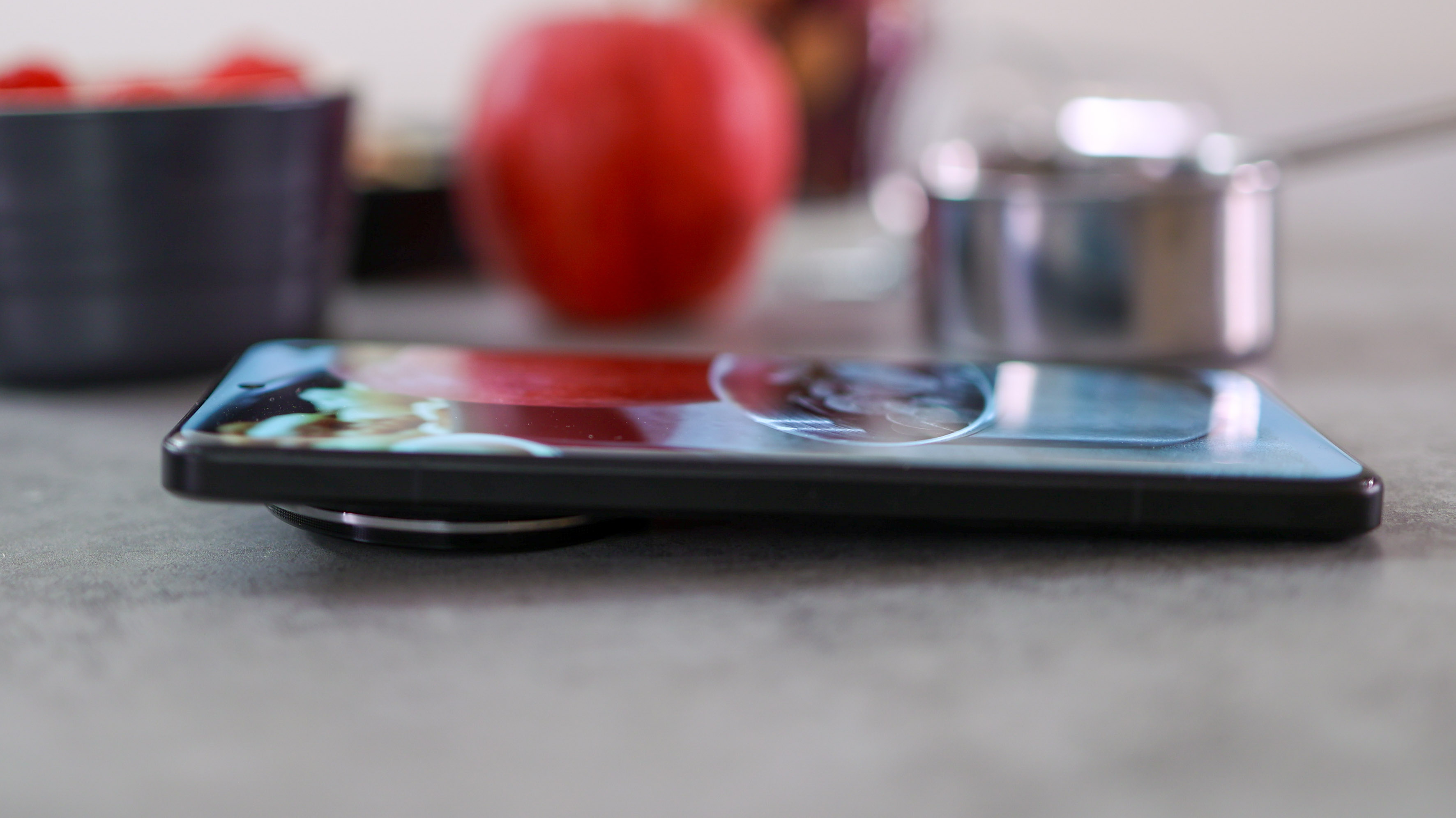
If you're coming from one of the best iPhones or Pixels, you will appreciate the 14 Ultra's extensive out-of-the-box manual controls and having a more liberated zoom range than ever before, while Samsung users will enjoy Xiaomi's classical processing, making photos look more refined and less sharpened in auto mode.
While a photographic look isn't really enough to make the 14 Ultra the best camera phone for photographers, a powerful Pro mode with variable aperture, second-gen 1-inch sensor, superlative RAW shots and the Photography Kit all combine to transform the experience into one that feels more phone camera than camera phone.
Basil Kronfli is a freelance technology journalist, consultant, and content creator. He trained in graphic design and started his career at Canon Europe before moving into journalism. Basil is also experienced in video production, independently running the YouTube channel TechEdit, and during his time at Future, he worked alongside the Digital Camera World team as a senior video producer.

